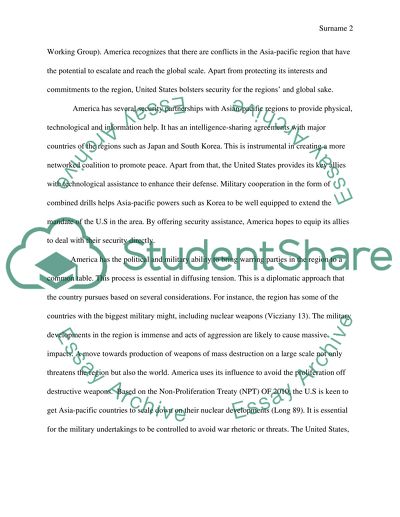Cite this document
(“The United States and the Asia-Pacific region Essay”, n.d.)
The United States and the Asia-Pacific region Essay. Retrieved from https://studentshare.org/social-science/1702128-the-united-states-and-the-asia-pacific-region
The United States and the Asia-Pacific region Essay. Retrieved from https://studentshare.org/social-science/1702128-the-united-states-and-the-asia-pacific-region
(The United States and the Asia-Pacific Region Essay)
The United States and the Asia-Pacific Region Essay. https://studentshare.org/social-science/1702128-the-united-states-and-the-asia-pacific-region.
The United States and the Asia-Pacific Region Essay. https://studentshare.org/social-science/1702128-the-united-states-and-the-asia-pacific-region.
“The United States and the Asia-Pacific Region Essay”, n.d. https://studentshare.org/social-science/1702128-the-united-states-and-the-asia-pacific-region.


